Timeline—Plum Island Animal Disease Center Over the Years
Explore highlights of the Plum Island Animal Disease Center's contributions to food and agriculture security over the past 70 years. For an in-depth look at PIADC's contributions, view the full list of accomplishments.
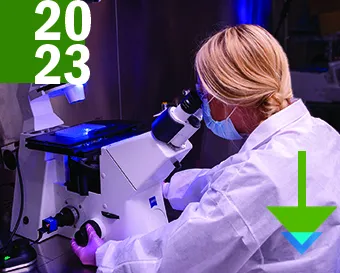
The U.S. Department of Homeland Security (DHS) Science and Technology Directorate’s (S&T's) Plum Island Animal Disease Center (PIADC) science group publishes a peer-reviewed journal article on the evaluation of whole-carcass composting as a mortality disposal option for African swine fever virus (ASFV)-infected swine. Composting is an important consideration in developing localized outbreak response and recovery plans.

PIADC leadership established the African Swine Fever (ASF) Interagency Task Force—with representatives from DHS S&T and the U.S. Department of Agriculture (USDA)—to increase interagency collaboration, coordination, and information exchange, and to pool interagency resources at PIADC to address the threat of ASF.
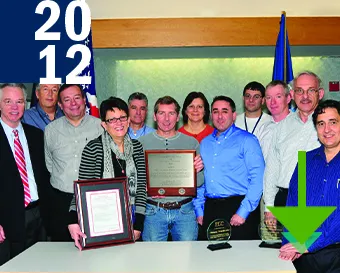
The world’s first molecular vaccine for foot-and-mouth (FMD) disease, discovered by USDA Agricultural Research Search (ARS) scientists and developed by the DHS S&T PIADC science group, receives a conditional license. This is the first regulatory-approved FMD vaccine that can be produced on the U.S. mainland.

USDA ARS scientist Dr. Marvin Grubman receives the USDA Secretary’s Honor Award for contributions toward the development and licensure of the world’s first molecular FMD vaccine for cattle.

The Homeland Security Act of 2002 transfers ownership of PIADC from USDA to the newly formed DHS.
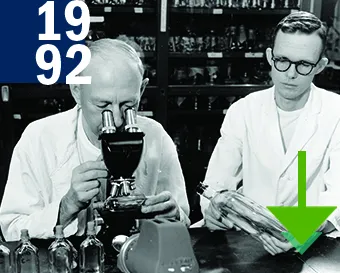
After nearly 30 years, researchers from USDA develop a thermostable rinderpest vaccine (Thermovax) that was vital to the worldwide eradication of the disease. Unlike its predecessor, PIADC’s vaccine was inexpensive, required no refrigeration, and appeared to confer immunity to calves, as well as adult cattle.

The USDA Animal and Plant Health Inspection Service team assumes control of diagnostic work at PIADC.
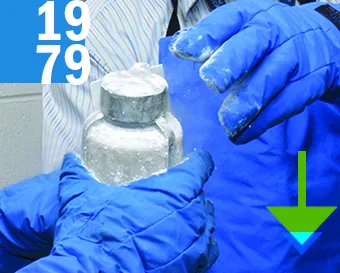
USDA ARS develops technology to store FMD vaccine antigen as a frozen concentrate, providing the ability to stockpile antigen in a vaccine bank. A U.S. patent was awarded for FMD vaccine based on the use of non-infectious virus coat protein VP1.

The USDA Foreign Animal Disease Diagnostic training school is initiated.
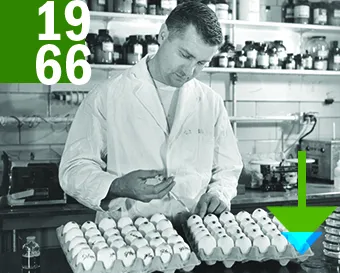
USDA ARS team discovers the virus infection associated antigen and its use in a diagnostic test to determine if animals have been infected with FMD virus.
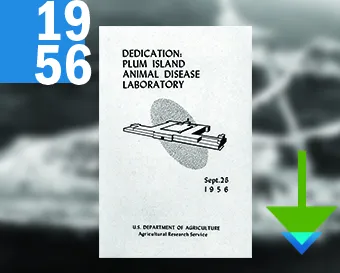
The Plum Island Animal Disease Laboratory is Inaugurated with new, fully operational laboratories at Building 101.
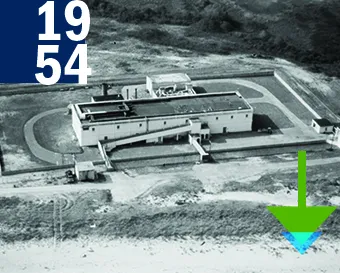
On July 1, 1954, Plum Island is formally transferred from the U.S. Department of Defense to the U.S. Department of Agriculture.
